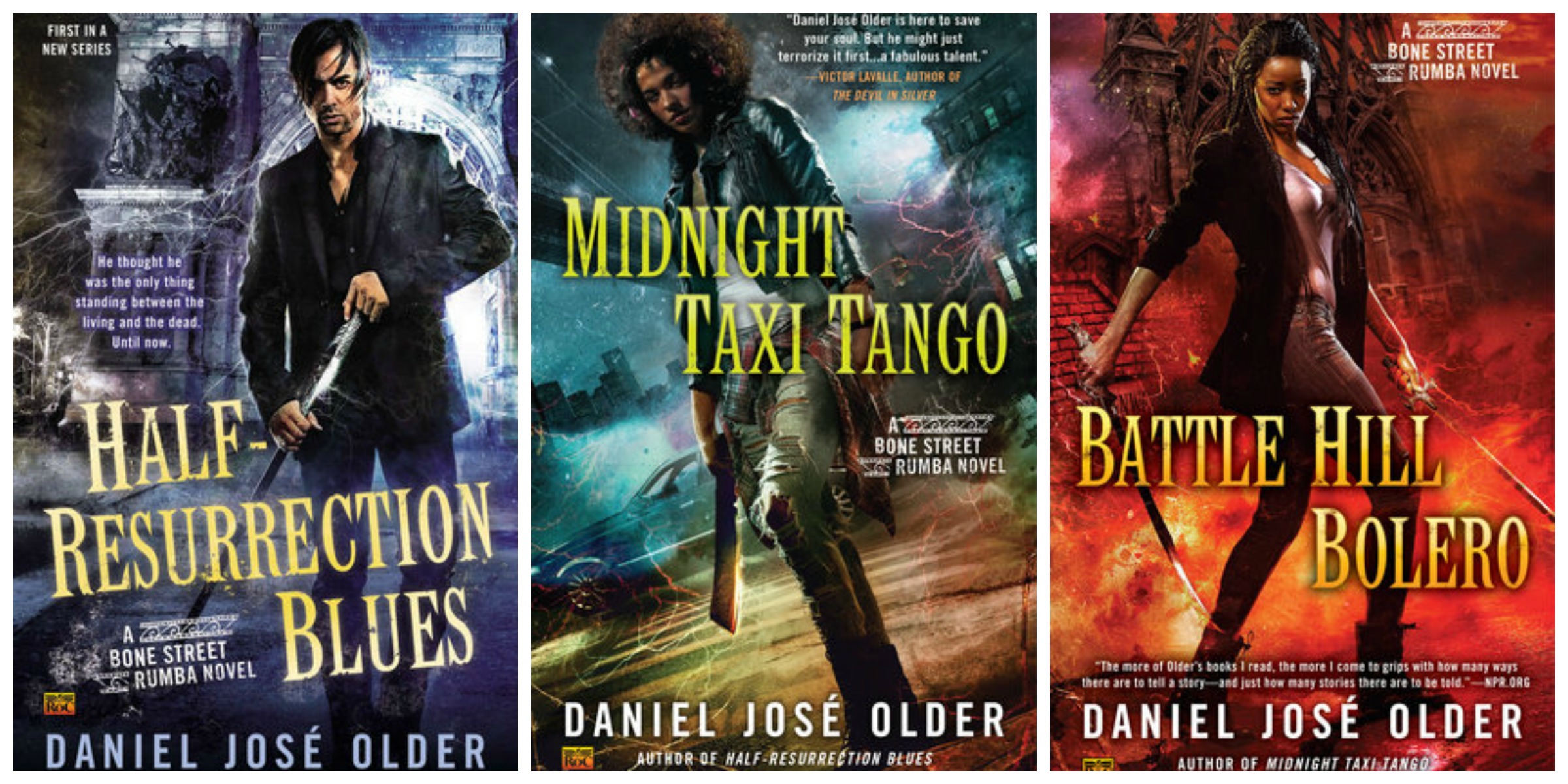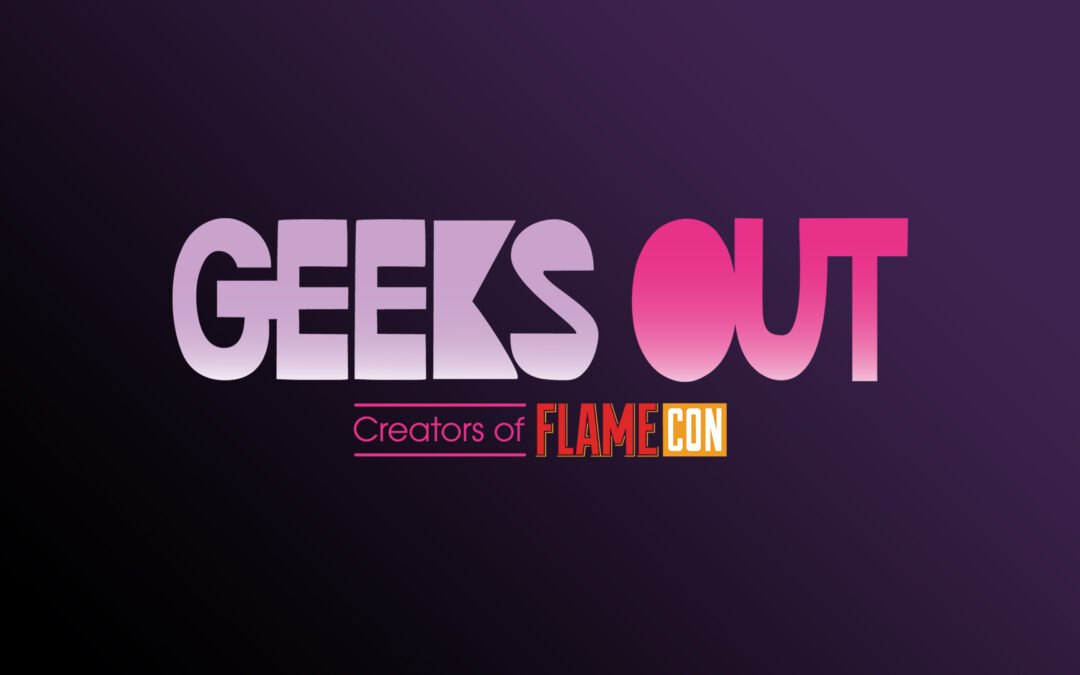
by Daniel Stalter | Aug 31, 2017 | Blog
“I first discovered Daniel José Older when he appeared on the excellent When Toxic Masculinity is a Villain panel at Readercon in 2015. I was inspired enough to immediately to pick up my own copy of Half-Resurrection Blues and started reading it on my way home....

by Geeks OUT | Aug 16, 2017 | Blog
The X-Men hold a special place in the heart of every queer geek. And for good reason: the metaphor for outsiders scorned for being different who draw power from those differences is obvious enough, but we are now at a time when there’s always a comics storyline or...




